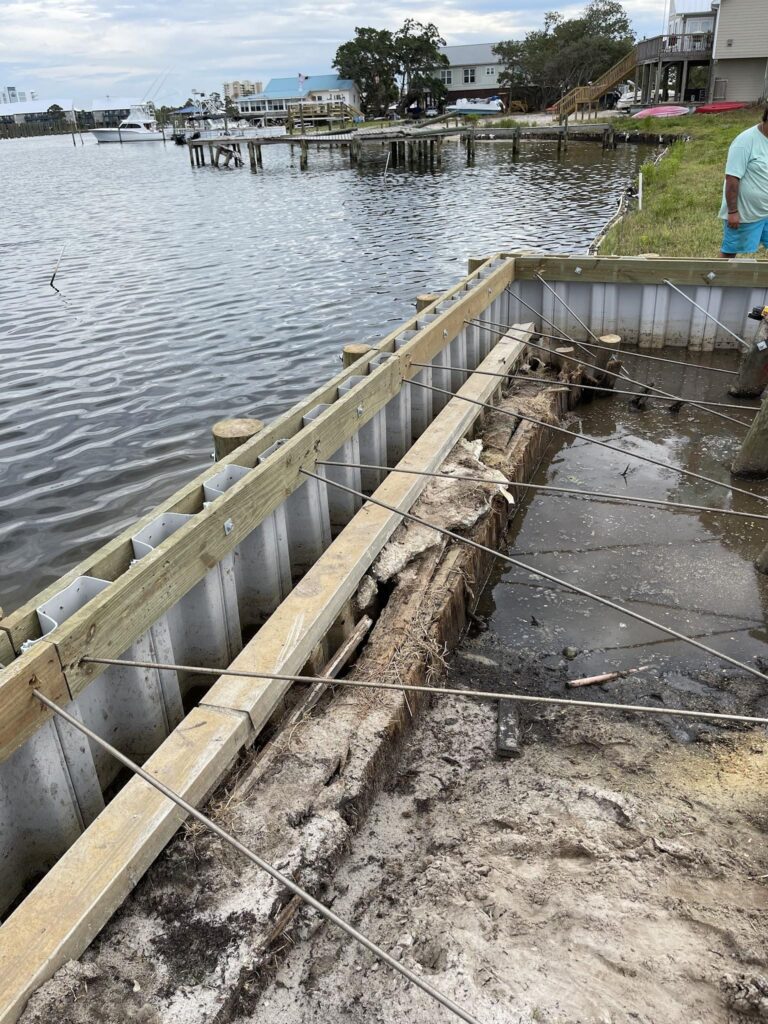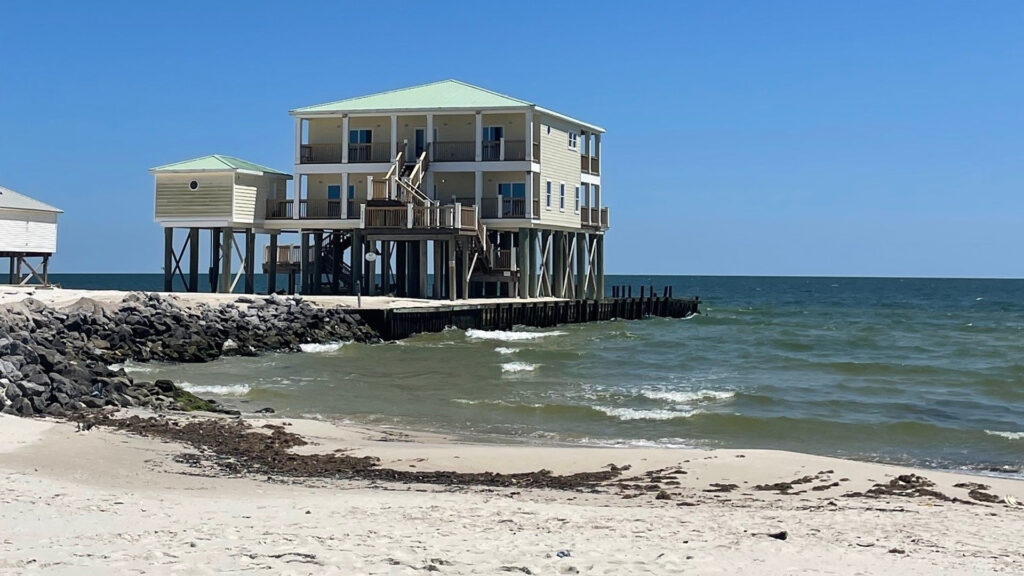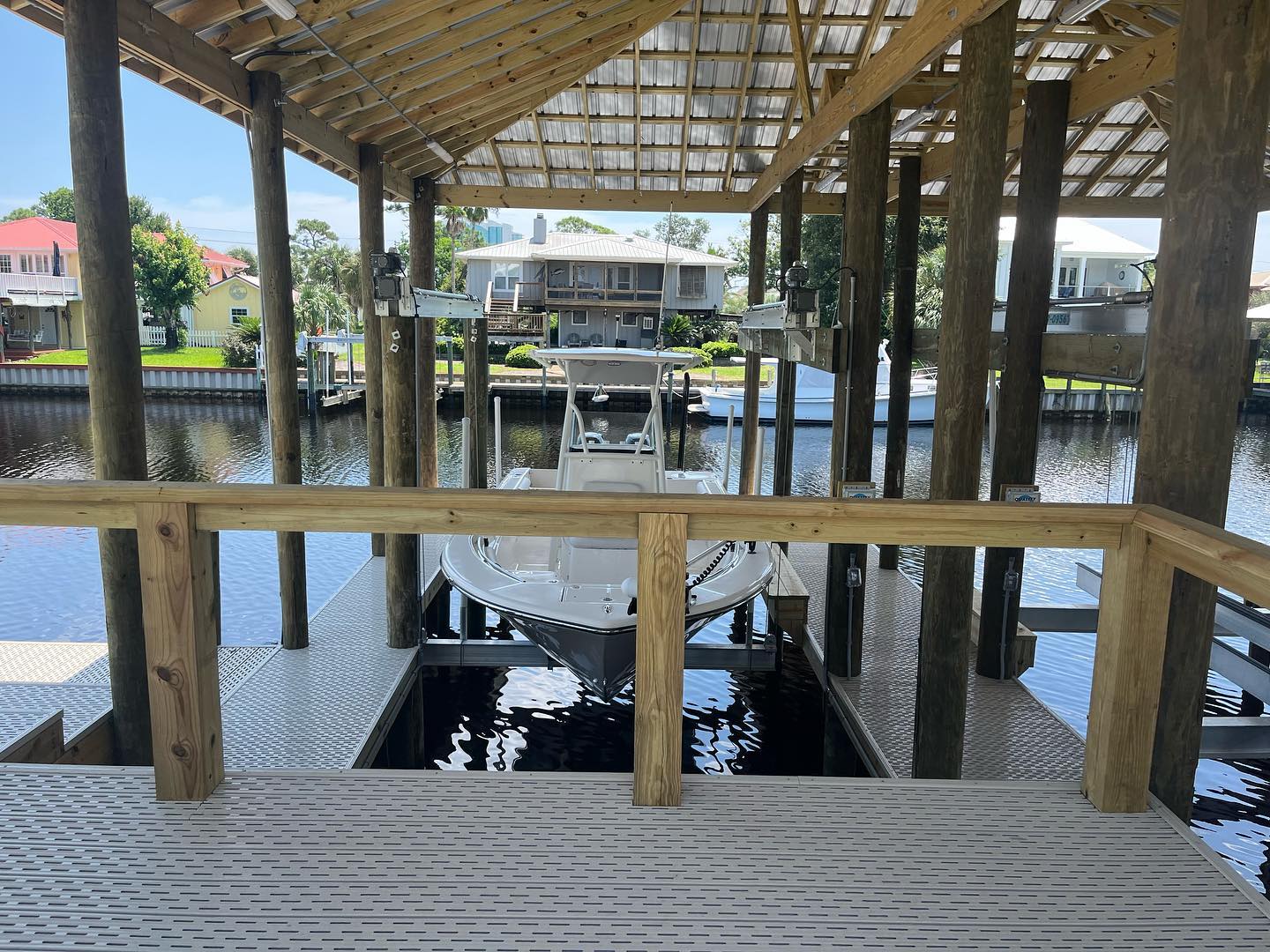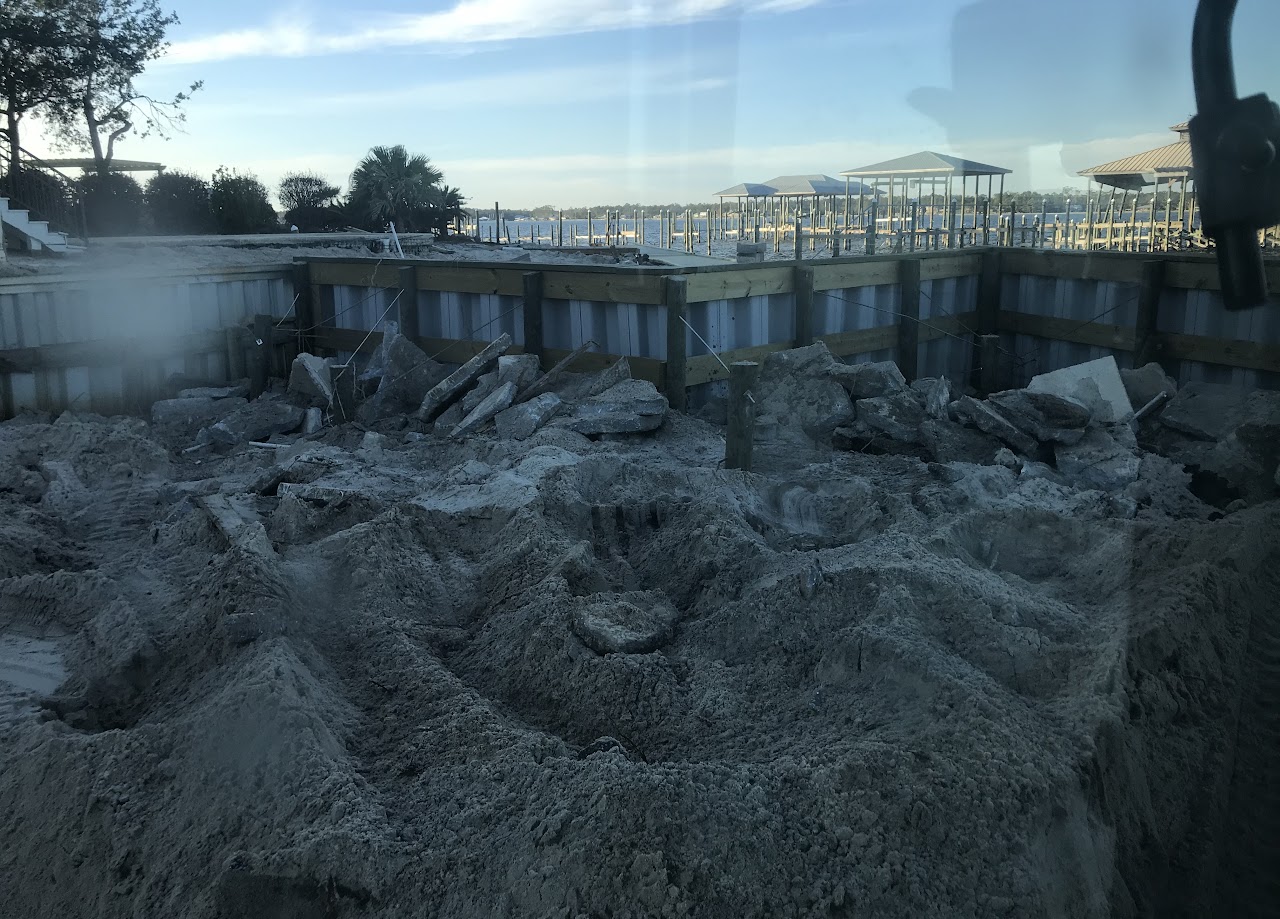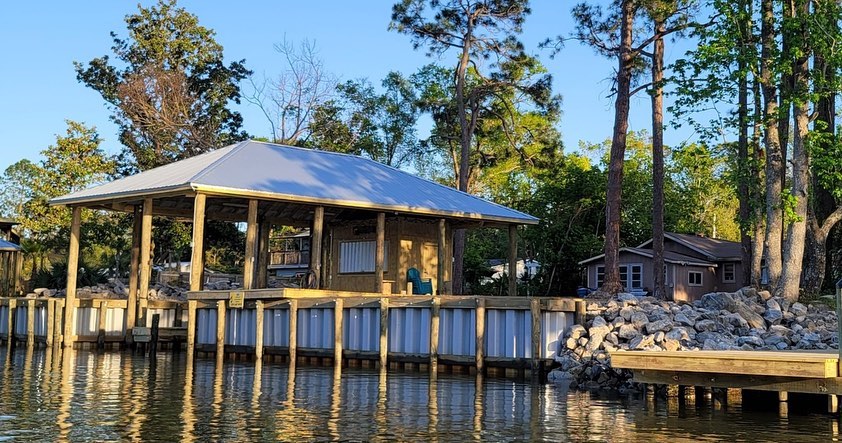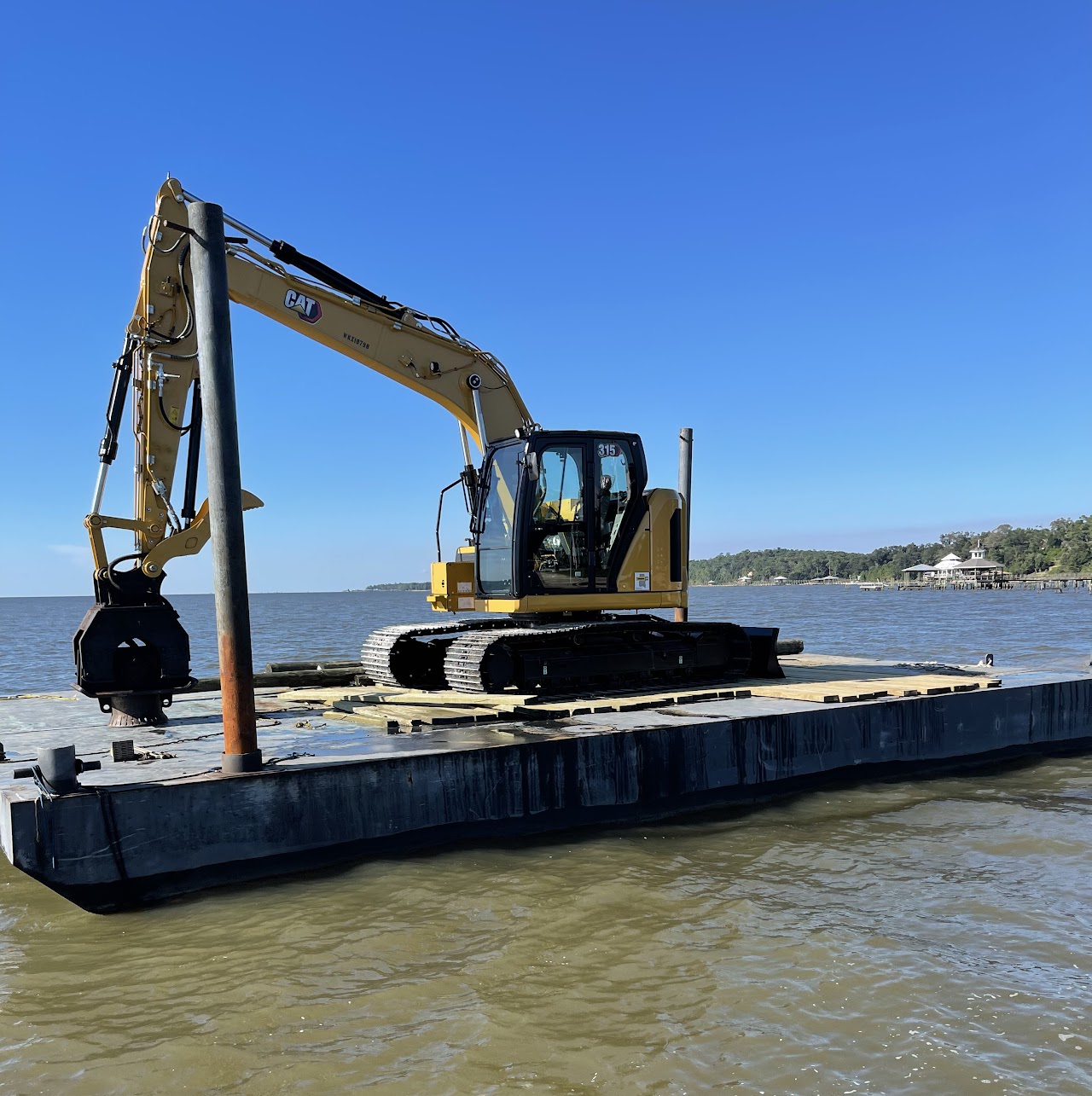Coastal Challenges Demand Smarter Solutions
Coastal environments are uniquely dynamic. From shifting tides and harsh weather to ecological sensitivity and strict regulatory demands, building anything along the shoreline or beneath the waves requires more than traditional construction methods. That’s where advanced engineering and innovative problem-solving come into play. At the heart of this evolution is the application of tailored marine and land-based solutions that ensure durability, environmental compatibility, and operational efficiency.
In the past, coastal construction was often reactive—responding to erosion, storm damage, or failing infrastructure after the fact. Today, leading marine construction companies take a proactive approach. Through thoughtful design, expert consultation, and engineered systems, they’re protecting shorelines, supporting infrastructure, and creating long-term value for both public and private stakeholders. This transformation is largely driven by a blend of consultancy, specialized equipment, and groundbreaking engineering technologies.
Blending Engineering with Advisory Expertise
The key to smarter coastal construction lies in combining practical engineering with seasoned advisory insight. Before a pile is driven or a barge is deployed, expert consultants are working behind the scenes to analyze site conditions, local regulations, and long-term project goals. This advisory layer isn’t just about compliance—it’s about ensuring each project is built to last, withstand the environment, and deliver measurable outcomes.
Consultancy-driven construction focuses on identifying challenges early and designing tailored solutions. Whether it’s calculating loads for a marina’s floating dock system or determining the ideal installation method for marine anchors, this collaborative process sets the tone for the entire build. That’s why engineering-driven marine contractors now embed consulting and advisory services into their standard workflow.
The Role of Novel Engineering Solutions
Innovation in marine construction isn’t just about upgrading equipment—it’s about rethinking the process entirely. Custom engineering solutions have become the secret weapon for overcoming unique challenges in coastal and offshore environments. When standard materials or methods won’t do, purpose-built strategies ensure success.
One example is the development of proprietary marine anchor and pile installation systems. These are designed specifically for high-load, high-resistance scenarios like single point moorings or deepwater applications. By engineering solutions around real-world site conditions—rather than retrofitting outdated systems—marine engineers are delivering safer, faster, and more reliable outcomes. These innovations also reduce the environmental footprint of construction, which is critical in sensitive ecosystems.
Specialist Marine Equipment: Tools That Make the Impossible, Possible
Even the most innovative ideas need the right tools. That’s why top-tier marine construction firms invest in a wide range of specialized equipment to support complex operations. From high-capacity linear winches to floating barges with full accommodations, every asset plays a role in turning designs into reality.
This equipment isn’t one-size-fits-all. It’s selected and deployed with precision, based on the project’s demands. Need to install mooring piles in deep water with limited access? A linear winch system and floating barge team can make it happen efficiently and safely. Need to support a long-term coastal infrastructure project? On-site accommodation barges reduce transport time and increase productivity, especially in remote or logistically challenging areas.
The availability of this equipment for hire also opens the door for smaller contractors or public agencies to execute larger-scale projects. With the right support and engineering behind them, even the most complex coastal construction initiatives become achievable.
Sustainable Coastal Development Starts with Smart Engineering
One of the most important shifts in shoreline construction has been the integration of sustainability into engineering solutions. Today’s coastal projects are designed not only to perform but to preserve. Engineers must account for rising sea levels, increased storm intensity, and fragile marine ecosystems. That means materials, methods, and even installation timing must all align with ecological priorities.
Smart engineering plays a vital role here. Systems are designed to minimize disruption during installation, reduce long-term maintenance needs, and allow for adaptability in changing environmental conditions. Whether it’s an erosion control structure, a marina foundation, or a shoreline protection barrier, sustainable design is now a baseline expectation rather than a bonus feature.
Installation Engineering: Where Precision Meets Performance
Installation engineering is one of the most critical—yet often overlooked—phases of marine construction. It’s where all the planning, innovation, and equipment coordination converge into a single execution strategy. Getting it right requires more than just manpower and machinery. It demands technical knowledge, attention to detail, and real-time decision-making.
Marine installation engineering includes everything from the staging and sequencing of heavy lifts to the dynamic positioning of floating platforms. These operations must be planned to the minute, accounting for weather, tide windows, and vessel logistics. Through expert engineering, risks are mitigated, downtime is minimized, and budgets stay on track.
Whether it’s installing a deep-water mooring system or anchoring a bulkhead along a shifting coastline, successful installations hinge on detailed pre-planning and adaptive fieldwork. And when challenges arise—as they often do in unpredictable marine settings—engineering-driven solutions make all the difference.
Consultancy and Equipment Hire: The New Era of Coastal Collaboration
Today’s marine contractors aren’t just builders—they’re partners. By offering consulting, equipment rental, and end-to-end engineering services, they empower clients to succeed at every stage of the project. This collaborative model means developers, municipalities, and even smaller marine operations can tap into world-class expertise and tools without owning every piece of the process.
For example, a city planning a new public dock may not have the in-house experience or assets needed for complex pile installations. By partnering with a marine construction firm that offers consulting and equipment hire, they can develop a customized plan and deploy the right tools on time—without investing in costly permanent infrastructure. This opens the door for smarter, more accessible marine development across the board.
Pushing the Boundaries of What’s Possible
As coastal environments become more valuable—and more vulnerable—the demand for thoughtful, resilient shoreline construction is only growing. The future of marine construction lies not in doing more of the same, but in engineering solutions that anticipate change and adapt accordingly. Innovation, sustainability, and strategic collaboration are no longer optional. They’re essential.
From proprietary anchor systems to full-service consultancy, today’s marine contractors are redefining what’s possible on the water and at the water’s edge. And as technology continues to evolve, so too will the shoreline—reshaped by smarter designs, better tools, and a commitment to building with both strength and foresight.

